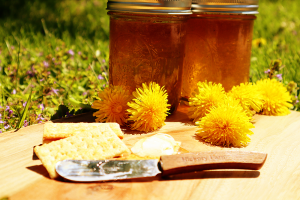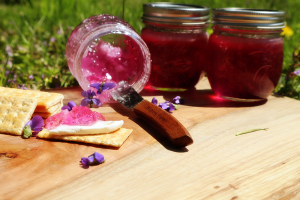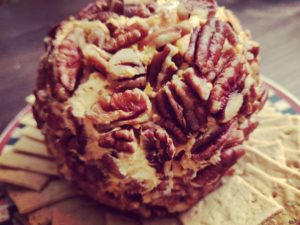On the farm we love finding ways to reduce waste. The less we put in the landfill the better.
We actually vary how we use our kitchen scraps based on the type of vegetable and what it can be used for. All are great for composting, but some are also great for other uses as well.
Freeze To Make Bone Broth
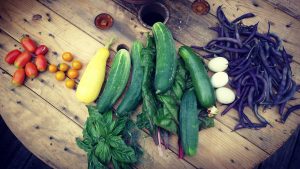
Shown here:
#romatomatoes
#cherrytomatoes
#yellowsquash
#cucumbers
#basil
#swisschard
#dill
#zucchini
Americauna #eggs
Burgundy Bush #beans
#farm #farmlife #gardening #freshfood #farmtotable #vegetables
One of my favorite ways to use kitchen scraps is for making nutritious bone broth that I can then drink or use in stews and recipes later on. Since bone broth is one of the healthier things we can consume, this is a staple in our home.
We don’t use all vegetables for bone broth, however. Things like cauliflower leaves are bitter and I don’t want to add that flavor to my broth. Cabbage roots and stems I don’t think add enough value or flavor to my broth, so I don’t add those either.
However there are other vegetables we use regularly that are perfect for broth. They are:
- Carrot ends
- Celery ends
- Onion Skins and Leek Stems
- Garlic Skins
- Radish ends
- Herb stems and excess leaves
How to use:
- Place all of your delicious vegetable and herb ends into a quart ziplock bag, refill as needed, stick in the freezer.
- Put an entire quart bag in with a chicken carcass in your crock pot to make some delicious bone broth
Supplement Your Chicken Feed

#farmlife #farm #gardening #chickens
As mentioned above, we don’t add all of our vegetables to our bone broth, so we utilize them in other ways. Anything cruciferous like broccoli stems, cauliflower roots and leaves, cabbage roots, and such that don’t transfer well to broth we will instead feed to our chickens to supplement our feed. Some of our chicken kitchen scraps include:
- Cauliflower ends and leaves
- Cabbage roots and dirty outer layers
- Brussel sprout ends
- Squash Rinds and any old squash with seeds
- Melon rinds and any old melons with seeds
- Tomato ends and seeds that you aren’t using for sauces
- Cucumbers that start to wrinkle or the ends we don’t use in salads
Other items we feed our chickens:
- Chicken carcasses that we’ve used up from bone broth making
- Extra broth that didn’t quite turn out the way I wanted
- Excess milk or meat that’s smells a little questionable
Benefits to feeding scraps to your chickens
- Reduce your cost of additional feed
- Extra vegetable nutrition for chicken health
- Any vegetables you feed to your chickens will be digested to fertilize your garden
- You may get surprised with “Freedom” or “Volunteer” vegetables next season by seeds that were consumed or buried by chickens and went dormant over the winter. We get many tomatoes and zucchini plants this way!
*We also fee some scraps to our rabbits, mostly lettuce stems, carrot stems and any trimmings off our tomato plants go to rabbits for some important extra nutrition.
Always Compost
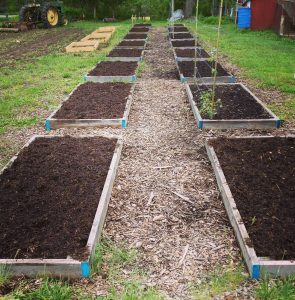
#gardening #farmlife #farm
Composting is always a good all-around way to use kitchen scraps. Everything can go in, and what comes out is the true “Black Gold” AKA Compost. If you don’t have chickens, or maybe your chickens don’t like something you’ve given them (like you wouldn’t want to give them coffee grounds), you can always throw it in a compost pile. Over the next several weeks it will break down and mix with dry ingredients (like mulch, dead leaves, or hay) and create a beautiful compost you can use in your garden. Just be sure to turn it regularly, check the temperature and add dry ingredients and water as needed.
Prime Compost Recipe:
- 2 Parts Wet Ingredients (livestock manure, food scraps, egg shells, coffee grounds, green weeds from the garden, dog hair)
- 1 Part Dry Ingredients (hay/straw, lawn clippings, dead leaves in the fall, wood chips/mulch, newspaper clippings, dryer lint)
Consider Vermiculture
Another thing to consider is create a worm garden, otherwise known as Vermiculture. They love your vegetable scraps and will turn them into “Black Gold”, poop throughout the soil, and aerate the soil for you to use in your gardens. You don’t need a lot of room for Vermiculture, so it’s fairly ideal for smaller lots or neighborhoods that can’t have chickens. Get yourself a big tub or create a plot in the shade or your basement, fill it with some dirt and mulch, add some worms, fill it with scraps, and keep it moist and out of the sun. Check on them regularly, feed and water them regularly, and you have a nice and quiet compost creating system.
Benefits of Vermiculture
- Earthworms naturally balance the ph of the soil
- Quiet and easy to maintain
- Free worm feed for your chickens since they constantly replenish themselves
There’s definitely a science behind composting, but event with the formulas and the breakdown of materials and soil ph, it’s fairly easy to create and maintain a pile. I leave all the science stuff to my husband though, since he works in wastewater and microbiology is his schtick.

